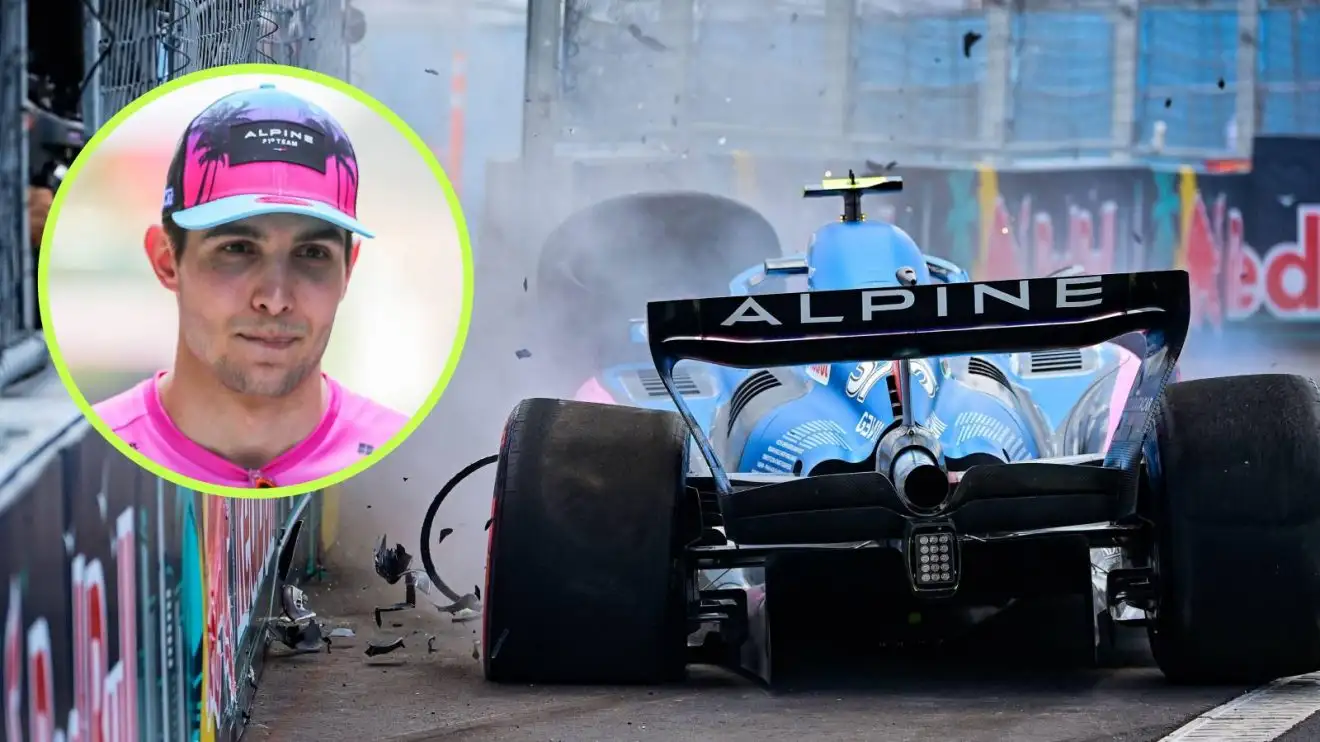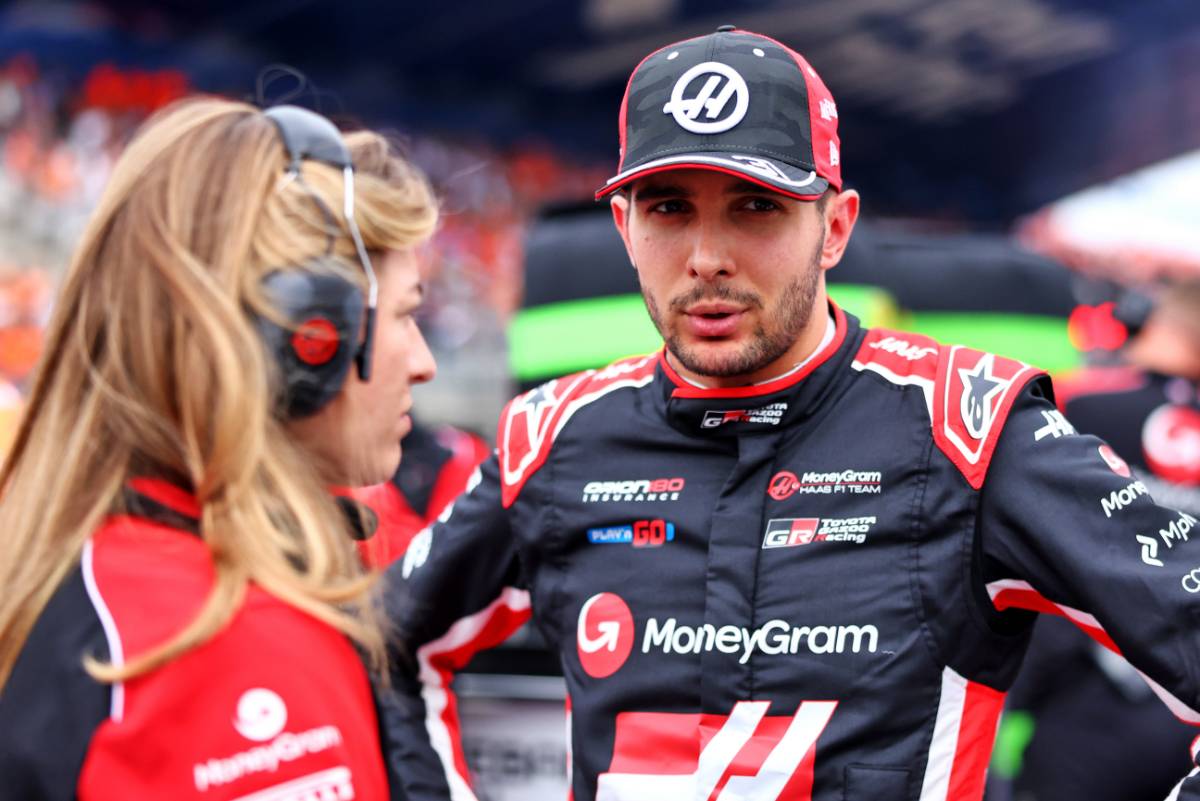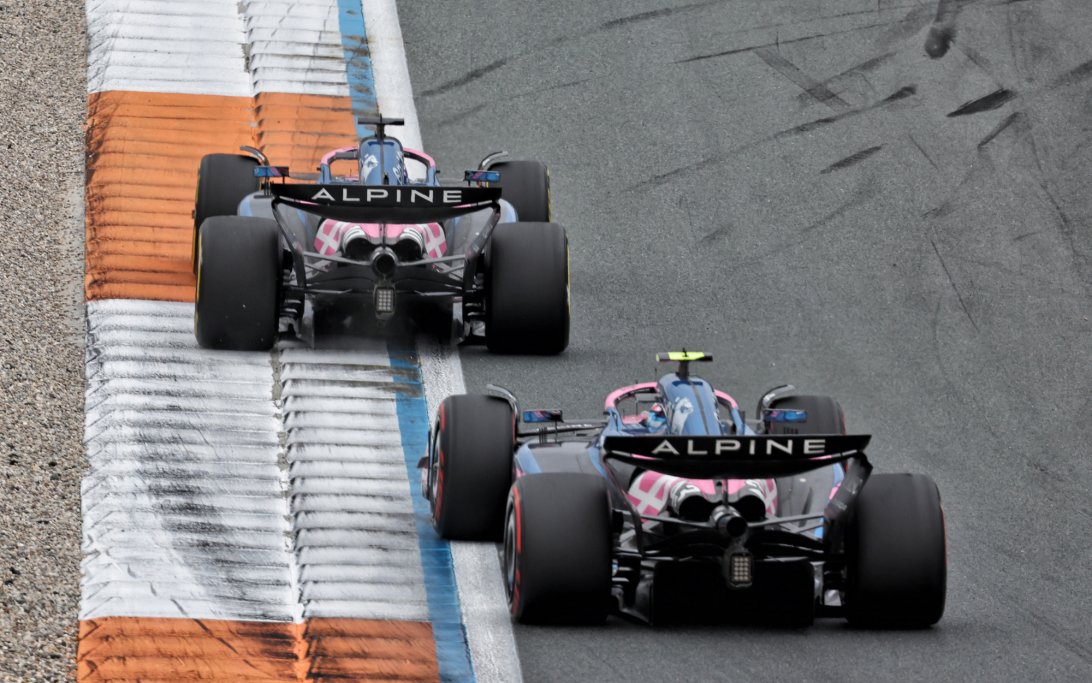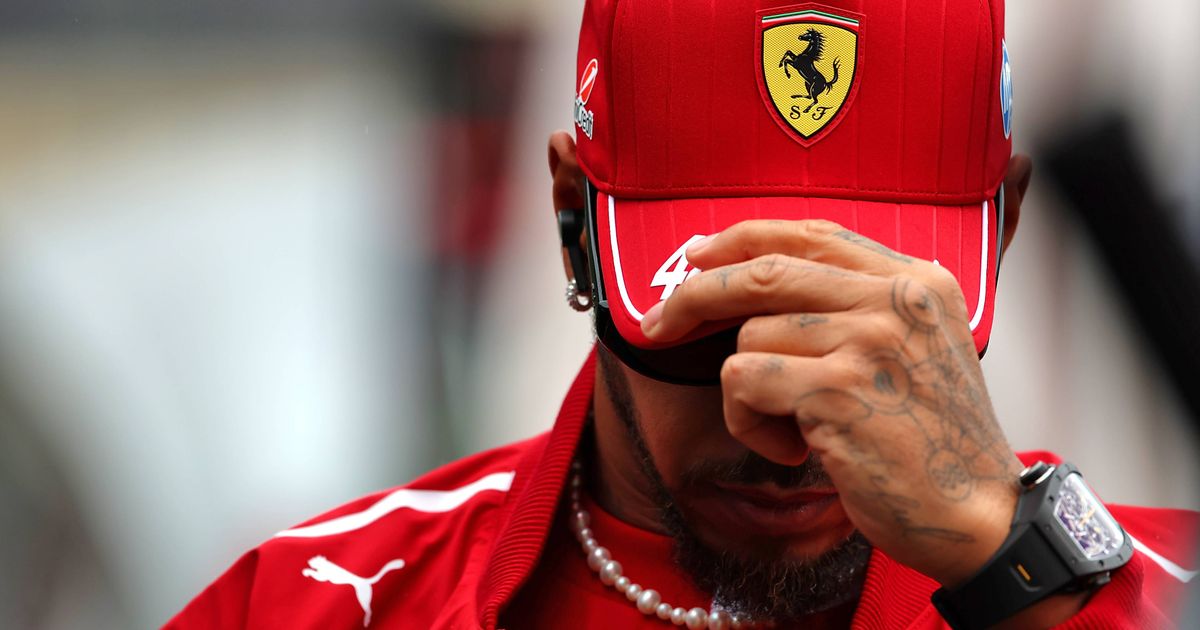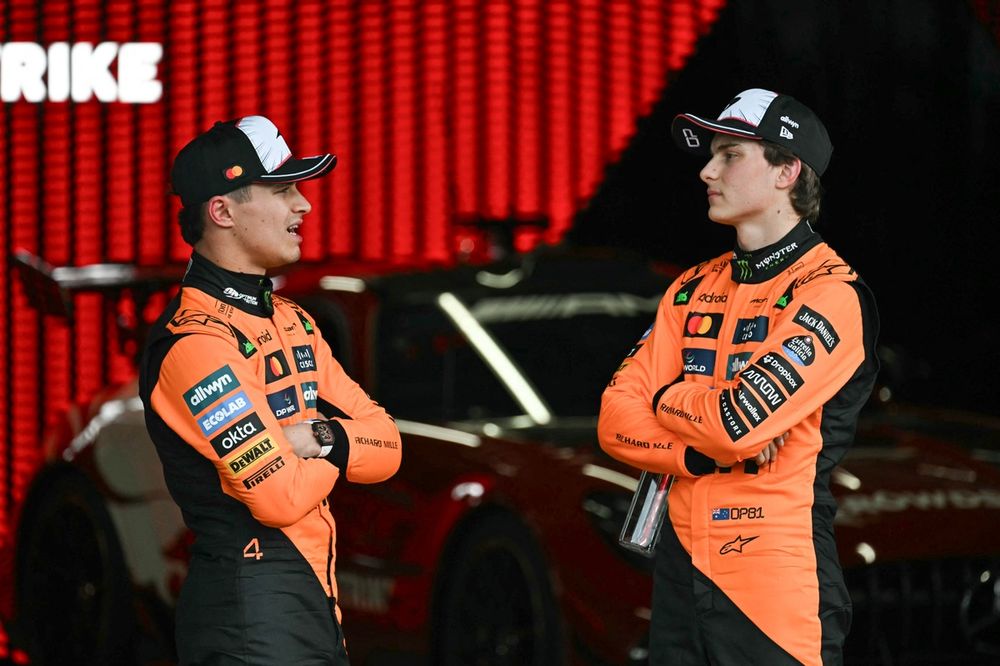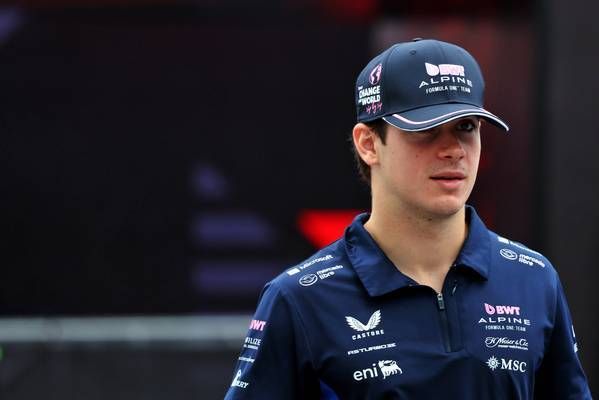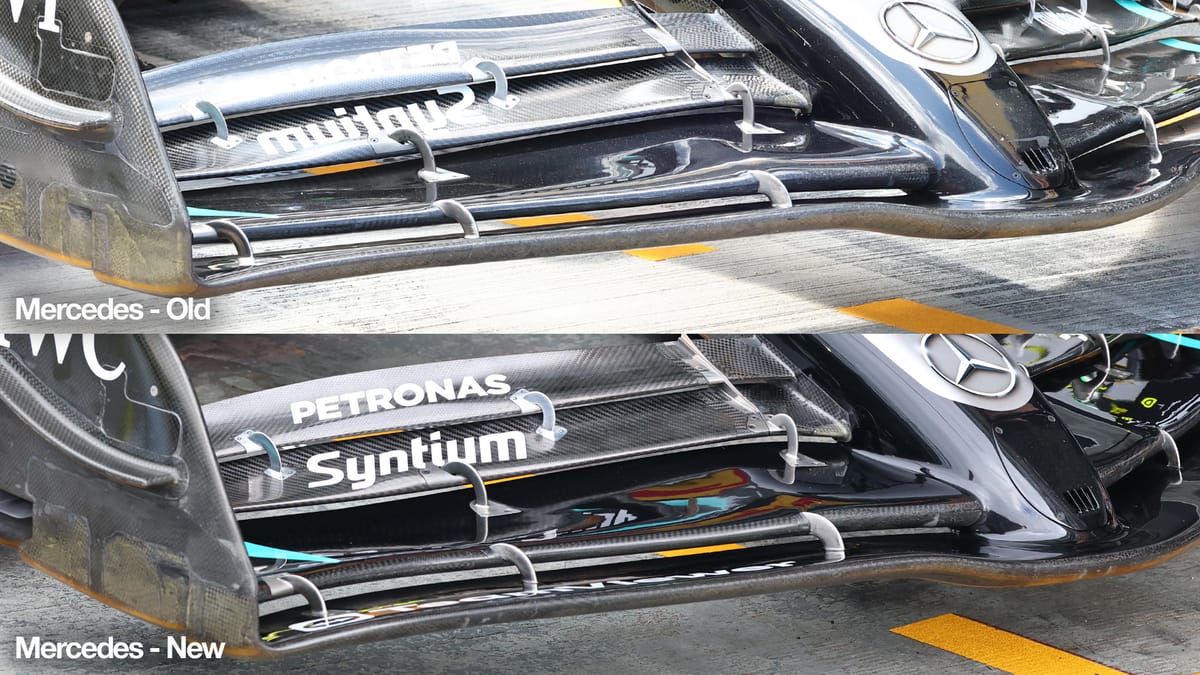
The Latest Flexi-Wing Tricks Shaking Up the F1 Order
Mercedes' Singapore Grand Prix night race victory illuminated a Formula 1 technical scenario that's been in the shadows in recent months: front-wing flexing. Both Mercedes and Red Bull have continued to introduce aerodynamic updates in this area over recent races, despite most resources now being redirected toward their 2026 cars. These updates, particularly to the front wing, are designed to work within the tightened flexi-wing rules introduced at the Spanish Grand Prix.
Why it matters:
After technical directives limited wing flexing, top teams like Mercedes and Red Bull are finding innovative ways to reintroduce aeroelasticity within the rules. This technical arms race is crucial for performance gains and can significantly impact the pecking order. Ferrari's apparent stagnation in this area highlights the critical nature of continuous development, even as teams eye 2026.
The Details:
- Mercedes' Innovation: For Singapore, Mercedes introduced a front wing officially presented as a subtle aerodynamic update to the upper flap. However, onboard cameras revealed significant flexing. Engineers have reportedly focused on the flap, which is limited to 3mm of flex under a 60N perpendicular load since the Spanish Grand Prix.
- Red Bull's Approach: Red Bull also brought a new front-wing specification to Singapore, used exclusively by Max Verstappen. This update aims to reduce understeer on the RB21 while also strategically flexing under certain loads. The design features a different positioning of the hooks, which are vital structural elements.
- The Secret to Performance: The controlled flexing of the front wing allows for optimal car setups without sacrificing straight-line efficiency. Teams are circumventing the constraints of technical directive TD018 by working on composite materials that allow advantageous aeroelasticity while passing FIA inspections.
- Ferrari's Stagnation: In contrast, Ferrari has reportedly halted development on front-wing flexibility following TD018. The SF-25's wing has remained largely unchanged since Spain, with resources redirected to a new rear suspension in Belgium.
- Suspension Gamble: The new rear suspension was intended to improve driver confidence and braking stability but has yielded no measurable gains. This decision by technical director Loic Serra and team boss Fred Vasseur to prioritize suspension over broader aerodynamic updates, such as a new floor, has left the SF-25's performance plateauing.
The Big Picture:
While Mercedes and Red Bull are pushing the boundaries of aeroelasticity to extract more performance, Ferrari's strategic choices appear to have backfired. The decision to halt front-wing development and focus on an unrewarding suspension update has left them trailing. This divergence in development philosophy could have significant implications for the remainder of the season, potentially jeopardizing Ferrari's third-place standing in the constructors' championship.
What's next:
With resources now heavily focused on 2026, the immediate future for Ferrari's SF-25 looks challenging. Unless they can find a quick solution to unlock more performance, the team risks falling further behind their rivals, who continue to innovate within the current regulations. The effectiveness of their rivals' flexi-wing developments will be closely watched in upcoming races as teams vie for every possible advantage before the new regulations take full effect.
Original Article :https://www.the-race.com/formula-1/the-latest-flexi-wing-tricks-shaking-up-the-f...


